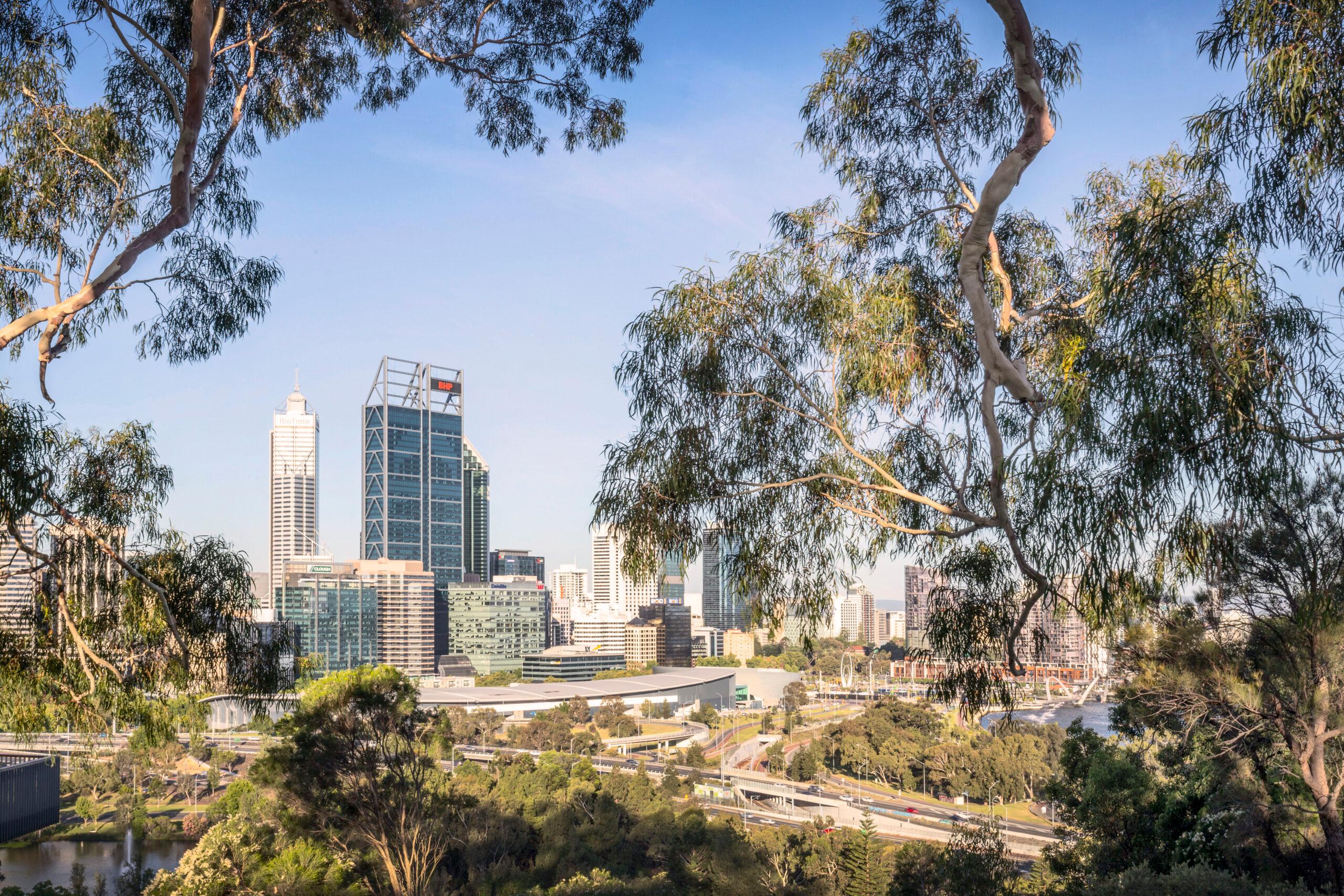
What’s Really Going on in the Perth Property Market?
Savvy investors are taking their pick of properties in Perth with experts predicting the market is set to turn a corner in 2017.
Damian Collins, Managing Director of property investment consultancy Momentum Wealth, predicts Perth property prices will start to improve in early 2017 and that the Perth market will return to moderate growth.
“Unemployment is relatively low, affordability is the best it’s been in a long time – it’s just confidence holding people back,” Collins says.
Buyers that are motivated to buy in Perth right now are savvy investors who have “been around a bit longer”.
“They know that you buy when other people aren’t,” he says.
Collins says these investors are getting a jump on the market, buying really good properties at more affordable prices.
“There’s a chance now to get some great properties in your portfolio before the market starts to turn and it’s more widely known.”
He says those who sit on their hands this year will miss out on the beginning of the growth upturn.
Supply still outweighing demand
The impact from the mining slump is undoubtedly still being felt, with population growth in Western Australia dwindling to 1.3% per annum last September from its height of 3.5% per annum three years ago, Australian Bureau of Statistics figures show.
“Once the construction phase of the mining boom came off there was no need for so many people to work in that space,” Collins says.
“So what that’s meant is there’s not as much demand for property. We’ve seen a rise in properties for sale. A balanced market is 13,000 (properties for sale) and Perth is sitting at around 15,000.”
The housing oversupply has seen median prices drop by around 6% in the past two years, CoreLogic RP Data shows.
REA Chief Economist Nerida Conisbee says the levels of supply need to moderate before we will see an upturn in the Perth market.
“Perth has been hit by two forces that are adversely impacting the property market. An economic downturn and a high level of development. This has left too many houses for too few people. Housing prices, rental levels and first home buyer activity have all declined.”
Another factor that has contributed to Perth’s oversupplied housing market in the past three years is the fact that the state government ended the First Home Owners Grant (FHOG) for established properties and directed the funds to buyers and builders of new homes.
The new rules put pressure on supply in the established property market. But they also impacted the rental market, as many fist home buyers who had built or purchased new homes to live in moved out during the mining slump to find work interstate, leading to an oversupply of rental properties.
With a slowdown in migration into the state many of these properties are vacant.
Has the Perth market bottomed out?
There is a sense among commentators the market has either reached the low point in the cycle, or is close to the bottom of the downturn.
“If you’re looking at buying in Perth you’d want to do it this year,” Collins says.
“The cycle will start to turn in 2017 and we’ll start to see price growth return, albeit at a slow and steady rate.”
The rental market, however, may take longer to recover.
“I still think the rental market will be soft for 18 months or so. But building approvals have come down significantly. We’d expect to see the rental market return to normality in 2018.”
Collins says an uplift in the housing sector should occur within two years, provided the supply of housing continues to moderate.
“We are seeing a slowdown in development activity at the moment. This is likely to continue.”
Economic outlook
Unemployment rates in Perth have dropped to 5.5% in Perth, according to the latest quarterly report from CommSec.
“That’s not too dissimilar to other major centers around Australia,” Collins says.
“Some sectors have been hit hard, like engineering, but it’s not like four years ago.”
While mining does account for a large proportion of the West Australian economy, the state also has a large agricultural sector and education sector, and those industries are doing well.
“The outlook for wheat is looking really good and the production phase of all these (newly constructed) mining companies is coming into play.
“The biggest impediment (to buyers) is not the economy but confidence. People are just sitting on their hands. Until confidence starts to return we’re not going to see a huge change in the property market.”
Perth residents are currently spending 21.5% of their monthly household income on mortgage repayments, the lowest in 10 years, a report from ratings agency Moody’s shows.
By contrast in Sydney and Melbourne, where housing affordability is deteriorating, home owners are spending 39% and 34% respectively of their income on the mortgage.
“Perth is the most affordable it’s been in a long time,” Collins says.
Growth suburbs
If now is the time to buy in Perth – which suburbs have the best growth potential?
“With the property market expected to return to moderate growth levels, you want to target areas that are going to be re-rated by the property market,” Collins says.
“Areas that we’re targeting are those that are likely to be rezoned to high density.”
The other features to look for in a suburb include transport access and proximity to cafe strips.
“Perth has always been a ‘car city’ but now it’s getting quite congested,” Collins says.
“The forecast from ABS predicts five million people will be living in Perth by 2055. People will start to pay bigger premiums to be near public transport and amenities to avoid congestion.”
Collins’ pick of suburbs to target include Warwick and Heathridge.
Alice Bradley, Realestate.com.au